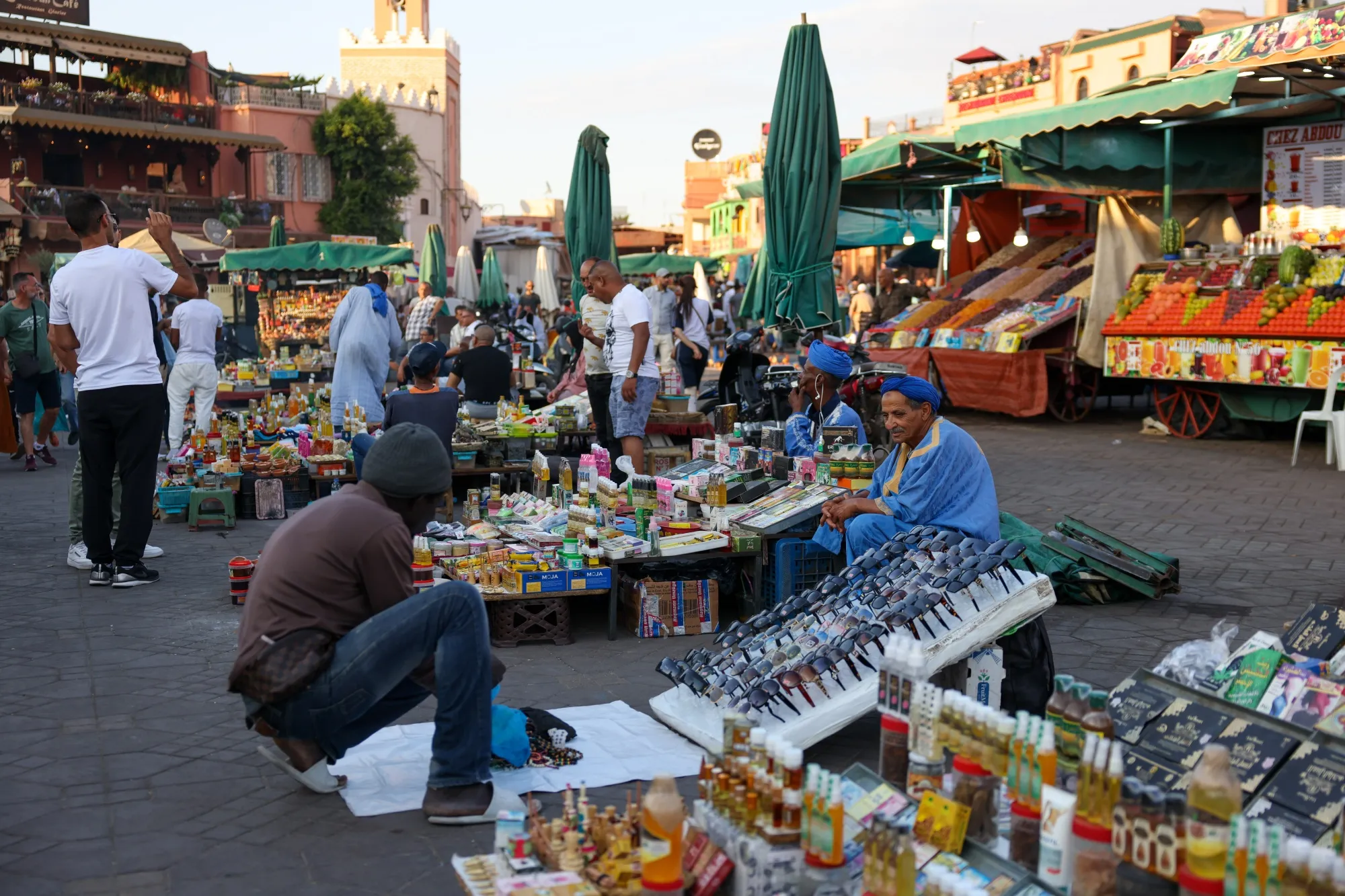Ethiopia’s ESX Debut Marks a New Era for Capital Formation and Market Access


Quidah is an online platform that connects investors with curated opportunities and expert insights on Africa’s emerging markets, while offering businesses promotional services, partnership facilitation, and market intelligence to attract capital and grow their operations.
Industries
Addis Ababa has a stockexchange again. In early January, Ethiopia inauguratedthe Ethiopian Securities Exchange (ESX), the country’s firstbourse since the 1970s, positioning one of Africa’sfastest-growing economies to channel domestic savingsinto business investment and gradually welcomeglobal capital. In March 2025, regulators licensedthe first capital‑market intermediaries CBE Capital S.C. and WegagenCapital Investment Bank signaling early progress toward afunctioning marketplace.
The ESX sits within a broaderliberalization drive that includes steps to modernize thecurrency regime, open selected sectors to foreign participation,and strengthen oversight via the Ethiopian Capital Markets Authority(ECMA).
The exchange beganpragmatically with money‑market instruments and government T‑billsto build trading infrastructure and price discovery ahead ofequity listings. Authorities envision dozens of listingsover the coming decade ultimately 80–90 with flagship stateassets such as Ethio Telecom frequently cited aspotential catalysts for scale and liquidity.
Market plumbing is being laid. ESX ispaired with a Central Securities Depository and an interbankelectronic trading facility piloted in late 2024, withlocal banks and state‑owned enterprises helping capitalize theplatform. Ethiopia’s macro backdrop remains compelling: 2026 GDPgrowth is forecast between 7% and nearly 9%, keepingthe economy among Africa’s leaders even aspolicymakers navigate post‑conflict reconstruction andinflation pressures.
The investment case istaking shape. Early equity exposure could emerge in banks,telecoms, logistics, and consumer names if corporate governanceand disclosure standards deepen. Fixed income offers aninitial on‑ramp via T‑bills and a forming local yield curve, attractiveto domestic institutions and foreign investors comfortablewith birr exposure. A functioning secondary market would alsounlock exits for private equity and venture investors, spurringnew capital into SMEs. As the ecosystem matures, opportunities inbrokerage, custody, asset management, fintech rails, andinfrastructure finance are poised to scale.
Risks remain material. Newmarkets tend to be illiquid, with wide spreads andconcentration in a handful of names. Macroeconomic and FXvolatility, political and security risks, and the time needed tobuild robust disclosure, enforcement, and minority‑shareholderprotections all warrant caution. Investors should expect a patient,staged approach rather than fast money.
Access will open in phasesunder ECMA’s roadmap:
- Phase 1: (2025–2026): Domestic investors only, focused on building a local broker/dealer base.
- Phase 2: (2026–2028): Controlled access for the diaspora and selected foreign institutional investors.
- Phase 3: (after 2028): Broader opening to global investors, alongside custodians, FX arrangements, and repatriation rules.
Foreign‑investor guidelines are expected after 2026.
Practical playbook for investors: Startsmall with local‑currency short‑term government securitiesbefore adding selective equities as liquidity builds;work with local custodians, brokers, and advisors to navigate tax,FX, and settlement; hedge currency risk where instruments exist orsize positions so local‑currency returns are meaningful; andwatch for “anchor” listings—such as a tranche of EthioTelecom or large banks—that could transform depth and valuations.
Business and investment outlook:ESX’s staged opening favors first movers infinancial infrastructure (brokerage, custody, fund administration),local fixed income, and prospective anchor IPOs/privatizations.
The best near‑term opportunities likelysit in (1) yield strategies in T‑bills and later corporates, (2)ecosystem enablers fintech, data, compliance, and ratingsto meet newdisclosure standards, and (3) private capital pipelinesthat can price exits through the ESX. Given liquidity and FXrisks, blended finance, cornerstone allocations, and performance‑basedmandates with local partners can improve bankability anddownside protection.


